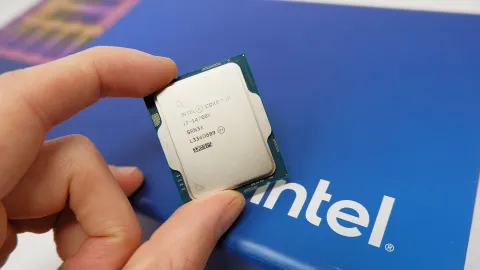Current State of Intel
Despite bold promises to regain technology leadership, Intel remains significantly behind Taiwan Semiconductor Manufacturing Company Limited (TSMC) in chip manufacturing. Intel is increasingly relying on TSMC to manufacture its latest and future CPUs, such as Meteor Lake, Lunar Lake, and Arrow Lake. While aiming to catch up, Intel is losing market share to AMD in server CPUs, with Qualcomm’s Snapdragon X ARM-based chips posing a real threat in Intel’s largest consumer market, laptops. Additionally, Intel’s ARC graphics effort has been underwhelming, and its recent desktop CPU generations are facing significant issues.
Financial Struggles
Most recently, Intel announced poor financial results, leading to a decision to lay off another 15,000 employees. This comes after already trimming 5% of its workforce last year—moves that CEO Pat Gelsinger described as “some of the most consequential changes in our company’s history.” Beyond these significant challenges, Intel also reined in plans to build fabs in Europe and went so far as to cancel dividend payments to shareholders, highlighting the severity of its current struggles.
Roots of the Problem
Arguably, Intel’s decline began when Paul Otellini replaced Craig Barrett as CEO in 2005. Barrett had a PhD in materials science, while Otellini was an economics graduate with an MBA. This shift marked a transition from engineering to sales and marketing-driven leadership within Intel. Although Brian Krzanich, who followed Otellini, came from an engineering background, the narrative that Intel leaned into its near-monopoly status in the x86 market and became complacent took hold.
The 10nm Node Disaster
The most obvious sign of Intel’s difficulties was its trouble with the 10nm node. Scheduled to go into production in 2016, Intel first conceded the delay in mid-2015. This delay was a significant blow and one from which they have struggled to recover, allowing competitors to advance and take market share.

